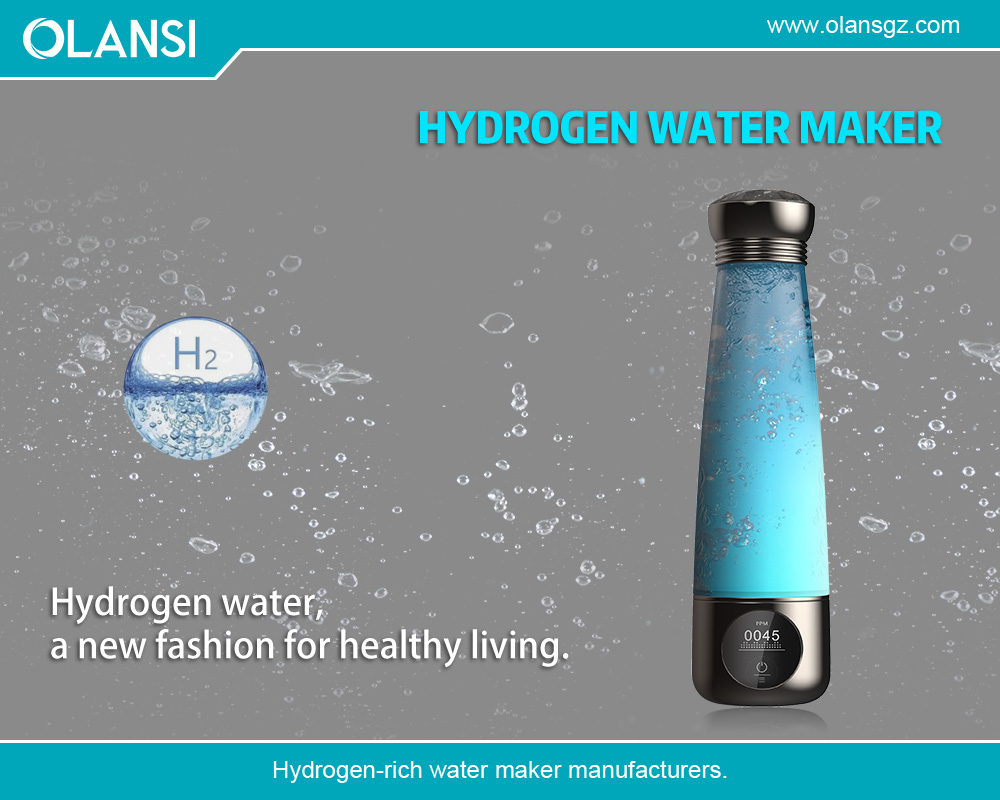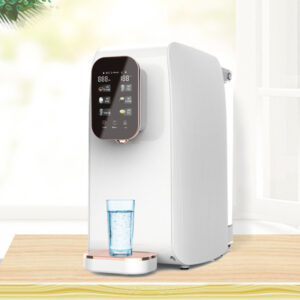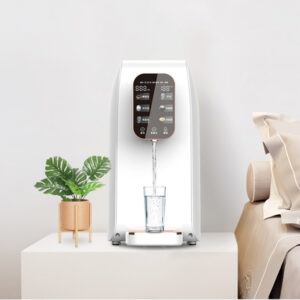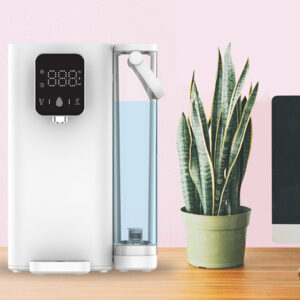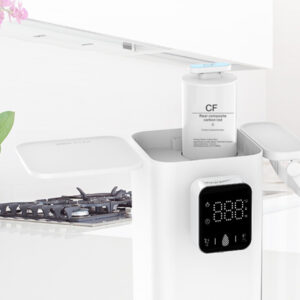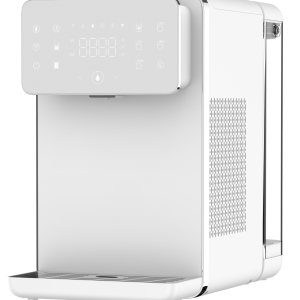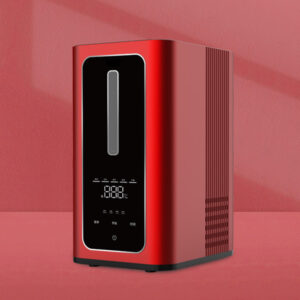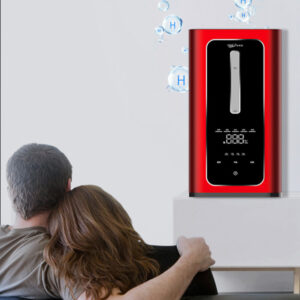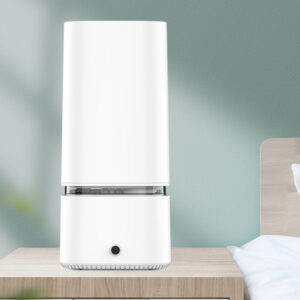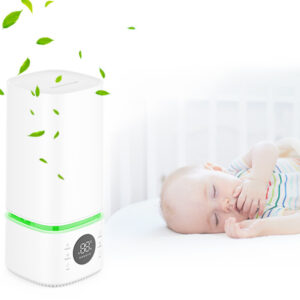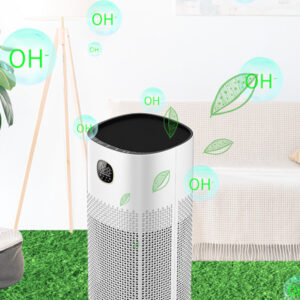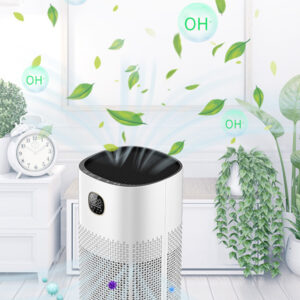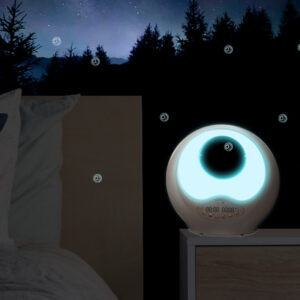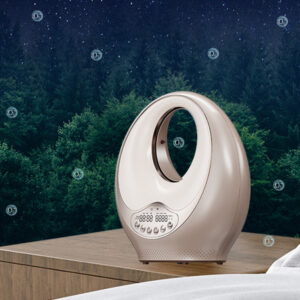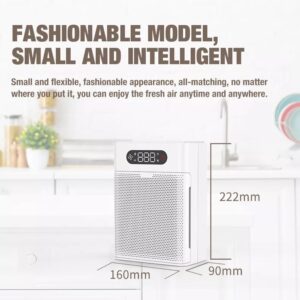How Many Times Can You Use a Hydrogen Water Bottle?
How Many Times Can You Use a Hydrogen Water Bottle?
Hydrogen water bottles have gained popularity in recent years as portable devices that promise to deliver hydrogen-rich water, touted for its potential health benefits, such as antioxidant properties and improved hydration. But one question that often arises for potential users is: How many times can you use a hydrogen water bottle? This article explores the answer by delving into what these bottles are, how they work, the factors that influence their lifespan, and practical estimates for their usage. Whether you’re considering purchasing one or simply curious about their durability, this comprehensive guide will provide clarity.

Introduction to Hydrogen Water Bottles
A hydrogen water bottle is a compact, reusable device designed to infuse regular water with molecular hydrogen (H₂). Unlike ordinary water, hydrogen water contains additional dissolved hydrogen gas, which some studies suggest may act as an antioxidant, potentially neutralizing harmful free radicals in the body. While the science behind these health claims is still evolving, the convenience and novelty of hydrogen water bottles have made them a trendy wellness product.
These bottles are more than just containers—they’re mini hydrogen generators. Typically powered by a rechargeable battery, they use technology to produce hydrogen on demand, allowing users to enjoy freshly infused water wherever they go. But their usability hinges on a key question: how many times can you operate one before it needs recharging, servicing, or replacing? To answer this, we need to understand how they function and what limits their lifespan.
How Hydrogen Water Bottles Work
Most hydrogen water bottles rely on a process called electrolysis to generate hydrogen. Electrolysis involves passing an electric current through water (H₂O) to split it into hydrogen (H₂) and oxygen (O₂). The hydrogen dissolves into the water, increasing its concentration, while the oxygen is typically vented out or separated.
Here’s a simplified breakdown of the process:
Components: A hydrogen water bottle usually consists of a water chamber, an electrolysis cell (with electrodes), a rechargeable battery, and a control button or interface.
Electrolysis: When activated, the battery powers the electrolysis cell. The electrodes—often made of materials like titanium coated with platinum—facilitate the reaction. Advanced models may use Solid Polymer Electrolyte (SPE) or Proton Exchange Membrane (PEM) technology to enhance efficiency and purity.
Cycle Time: A typical hydrogen generation cycle lasts 3–10 minutes, depending on the model and desired hydrogen concentration (measured in parts per billion, ppb).
For example, a bottle might produce water with 800–1200 ppb of hydrogen per cycle, which is considered a therapeutic range by some manufacturers. Each cycle counts as one “use,” meaning you fill the bottle with water, activate the hydrogen generation, and drink the result.
This mechanism introduces variables that affect how many times you can use the bottle: the battery’s capacity, the durability of the electrolysis components, and how well you maintain the device. Let’s explore these factors in detail.
Factors Influencing Usage Frequency
The number of times you can use a hydrogen water bottle depends on several interconnected factors. These determine both short-term usability (uses per charge) and long-term durability (total lifespan).
Battery Life and Charging Cycles
Since hydrogen water bottles rely on electricity for electrolysis, their battery is a critical component. Most use lithium-ion batteries, similar to those in smartphones, with capacities ranging from 500 to 1500 milliampere-hours (mAh).
Uses Per Charge: The number of cycles per charge depends on the battery capacity and power consumption per use. For instance, if a bottle has a 1000 mAh battery and each 5-minute cycle consumes 100 mAh, you could theoretically get 10 uses per charge. In practice, inefficiencies might reduce this to 8–12 uses. Typical models advertise 5–20 uses per charge, depending on their size and design.
Charge Cycles: Lithium-ion batteries degrade over time, typically retaining 80% capacity after 300–500 charge cycles. If a bottle provides 10 uses per charge and lasts for 400 charges, that’s 4000 uses before significant battery decline. Many bottles allow battery replacement, extending their life further.
Durability of Electrolysis Components
The electrolysis cell—particularly the electrodes and membrane (in SPE/PEM models)—is another limiting factor. Over time, these components can wear out due to:
Electrode Degradation: Electrodes may corrode or lose efficiency, especially if exposed to impurities in the water. High-quality materials like platinum-coated titanium are more resistant, but even these degrade eventually.
Membrane Lifespan: In SPE/PEM systems, the membrane separates hydrogen and oxygen while allowing proton exchange. Manufacturers often claim these can last thousands of hours—say, 5000 hours. If each use takes 5 minutes (0.083 hours), that’s roughly 60,000 uses. However, this assumes ideal conditions and no mechanical failure.
In reality, the electrolysis system’s lifespan varies by model. Some bottles feature replaceable cells, while others are designed as sealed units, requiring full replacement when the components fail.
Water Quality and Maintenance
The water you use significantly impacts the bottle’s longevity:
Impurities: Tap water with high mineral content (hard water) can cause scaling or corrosion on electrodes, reducing their efficiency. Distilled or filtered water is often recommended to minimize wear.
Cleaning: Residual minerals or bacteria can build up inside the bottle, clogging the system or damaging components. Regular cleaning (e.g., with vinegar or as per manufacturer instructions) is essential.
Poor maintenance might halve the bottle’s lifespan, while diligent care can maximize its usability.
Estimating the Number of Uses
So, how many times can you realistically use a hydrogen water bottle? Let’s break it down into short-term and long-term estimates based on typical designs and usage patterns.
Uses Per Charge
Most hydrogen water bottles are designed for daily convenience. Entry-level models might offer 5–10 uses per charge, while premium ones with larger batteries can reach 15–20. For example:
A 300 mL bottle might use less power per cycle than a 500 mL one, as it requires less hydrogen to achieve the same concentration. However, larger bottles might have bigger batteries to compensate.
User manuals often specify this range. A bottle promising “15 uses per charge” likely assumes a standard cycle (e.g., 5 minutes at a set current).
If you use it twice daily, a single charge might last 3–10 days before needing a recharge, depending on the model.
Total Lifespan
The overall number of uses depends on the weakest link—typically the battery or electrolysis cell—and how long each lasts under normal conditions:
Battery-Driven Estimate: If a bottle delivers 10 uses per charge and the battery withstands 300 charge cycles, that’s 3000 uses. With a 500-cycle battery, it’s 5000 uses. Replaceable batteries push this higher.
Component-Driven Estimate: High-end SPE/PEM systems might last 5000–10,000 hours of operation. At 5 minutes per use, that’s 60,000–120,000 uses—an unlikely maximum, as other parts (e.g., seals, casing) would fail first. More realistically, manufacturers design these bottles for 1–3 years of daily use.
Practical Range: Assuming one use per day, a well-made bottle might last 1–3 years, or 365–1095 uses. If used twice daily, that’s 730–2190 uses. Advanced models with replaceable parts could exceed this, potentially reaching 5000+ uses over several years.
These estimates vary by brand. A budget bottle might fail after 500 uses due to cheap components, while a premium one could endure thousands with proper care.
Maximizing Your Bottle’s Lifespan
To get the most out of your hydrogen water bottle, consider these practical tips:
Use Clean Water: Opt for distilled, purified, or filtered water to reduce mineral buildup and electrode wear.
Clean Regularly: Rinse the bottle after use and perform a deep clean (e.g., with diluted vinegar) every few weeks, following the manufacturer’s guidelines.
Avoid Overcharging: Unplug the bottle once fully charged to preserve battery health. Some models have overcharge protection, but it’s still good practice.
Store Properly: Keep it in a cool, dry place when not in use, and avoid dropping it, as physical damage can shorten its life.
Follow Instructions: Adhere to the recommended cycle times and water volumes to prevent overworking the system.
By treating your bottle with care, you can push its usage closer to the upper end of its potential range—whether that’s hundreds or thousands of cycles.

Conclusion
So, how many times can you use a hydrogen water bottle? The answer depends on the interplay of battery life, component durability, water quality, and maintenance habits. On a single charge, most bottles offer 5–20 uses, making them convenient for daily hydration. Over their lifetime, a typical bottle might last for 365–2190 uses (1–3 years of daily use), while high-end models with replaceable parts could surpass 5000 uses.
Ultimately, the exact number varies by model and how you use it. A well-maintained, premium hydrogen water bottle is a long-term investment, potentially delivering thousands of hydrogen-rich servings. To determine specifics for your bottle, check the manufacturer’s specifications or user reviews. With proper care, it’s not just a wellness tool—it’s a durable companion for years of use.
For more about how many times can you use a hydrogen water bottle, you can pay a visit to olansi at https://www.olansgz.com/product-category/hydrogen-water-maker/ for more info.


